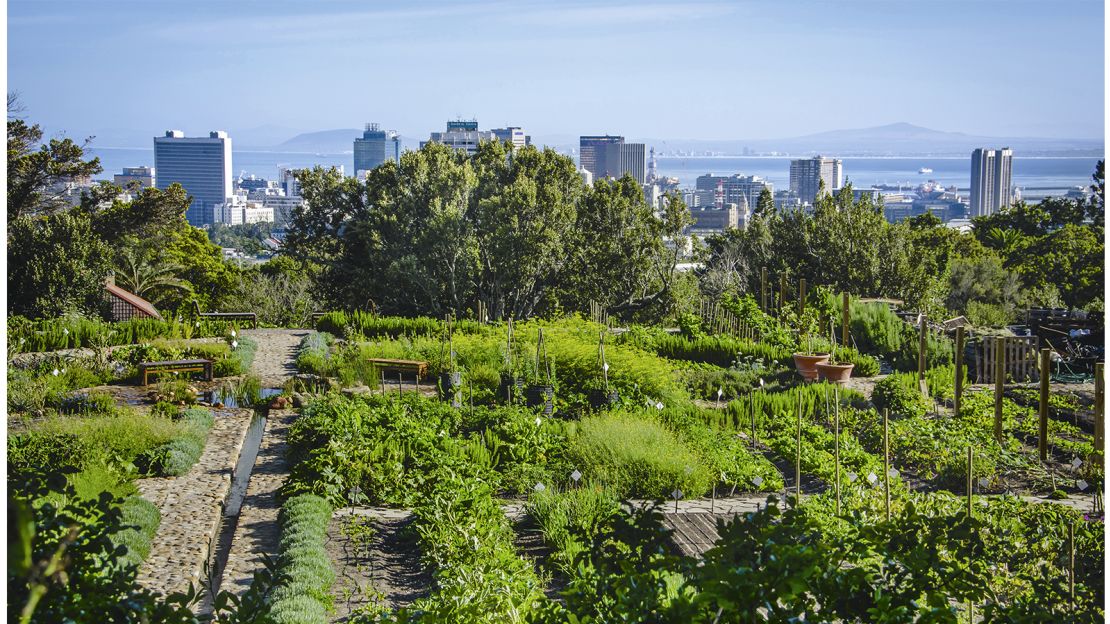Things about City Blooming
Things about City Blooming
Blog Article
8 Easy Facts About City Blooming Explained
Table of ContentsThe Single Strategy To Use For City BloomingThe smart Trick of City Blooming That Nobody is Talking AboutHow City Blooming can Save You Time, Stress, and Money.Not known Details About City Blooming Unknown Facts About City Blooming
Fascinated in growing food for sale in the City of Chicago? Below is a listing of frequently asked inquiries pertaining to the regulations and guidelines that cultivators should think about when planning a city agriculture task.
The zoning modification does not change any type of other codes dealing with composting, structure authorizations, acquiring or leasing City possessed residential property, service licenses or ecological contamination. There are existing codes that control these concerns and they remain in full result and may apply to your task. Area yards are generally owned or taken care of by public entities, civic companies or community-based organizations and kept by volunteers.
Urban farms expand food that is intended to be offered, either on a nonprofit or for-profit basis. As a result of their industrial function, urban ranches require an organization license. Yes. An area garden is permitted to sell surplus produce that was expanded on website if the sales are accessory or subordinate to the yard's key function defined above.
City Blooming Can Be Fun For Anyone
Composting is enabled however just for plant material that is generated and utilized on site. The quantity of garden compost material can not surpass 25 cubic backyards at any kind of offered time according to the standards in 7-28-715 of the City's Municipal Code. Yes. Due to the fact that the dirt at the majority of new garden sites requires changing, garden compost, soil, wood chips, or other products can be acquired to construct or improve the expanding room - sustainability.

If a building authorization is required after that the hoophouse will certainly be taken into consideration an accessory building. You can figure out even more concerning the building license demands by contacting the Division of Buildings. The 25,000-square-foot dimension limitation is planned to protect against a solitary community garden from dominating an offered block or interfering with the block's existing household or business personality.
The limit does not apply to gardens situated in Public Open Space (POS) areas. Can there be even more than one neighborhood garden that is 25,000 square feet on a solitary block? Fence is not required, nonetheless, gardens that have large parking areas might be required to set up fencing or other landscape design functions.
Getting The City Blooming To Work
B1 & B2 districts call for that all business usage activities be performed inside your home. R areas limit commercial activity. The regulations reflect the objective and intent of the Zoning Code. Is secure fencing needed for city farms? Yes. Fences may be needed, together with landscaping and testing, for sure parking lot and exterior work or storage locations depending on place and the specific activity occurring.
Urban farms need structure licenses and zoning authorizations prior to building (container and raised bed gardening etc.). Various other forms of city review may be required depending on particular frameworks, tasks, size, landscape design, licensing, public health and stormwater management problems.
The Division of Company Affairs and sustainable gardening Consumer Defense can aid determine the particular kind of service certificate that's needed. Off road vehicle parking is required for the majority of commercial projects in Chicago. The required number of car parking areas is based on the number of workers functioning on website and not the square video footage of the expanding room.
The Basic Principles Of City Blooming

A metropolitan ranch can offer compost material generated on site, nevertheless, the procedure should abide with the regulations in 7-28-715 of the Chicago Municipal Code. Aquaponic systems are enabled inside your home on metropolitan ranches in several zoning areas.
As much as five hives or colonies of honey bees may be maintained as an accessory usage. Nonetheless, beekeepers should register with the Illinois Department of Farming. For more details concerning the proposed zoning modification you might contact the Division of Housing and Economic Growth, Bureau of Planning and Zoning at 312.744.8563.
Farming in cities and city locations A city ranch in Chicago. Urban agriculture describes different practices of growing. https://pxhere.com/en/photographer/4293794, processing, and distributing food in city locations. The term also uses to the area activities of pet husbandry, aquaculture, beekeeping, and horticulture in a metropolitan context. Urban farming is distinguished from peri-urban agriculture, which takes area in rural areas at the edge of residential areas.
How City Blooming can Save You Time, Stress, and Money.
, who seek to form social networks established on a common principles of nature and area holism. These networks can develop by way of official institutional assistance, ending up being incorporated right into local community planning as a "transition town" motion for sustainable city advancement.
In either case, the more direct accessibility to fresh vegetable, fruit, and meat items that may be realised via city agriculture can improve food safety and security and food safety while lowering food miles, leading to lower greenhouse gas emissions, consequently contributing to climate adjustment reduction. Some of the first proof of metropolitan agriculture comes from Mesopotamia.
Report this page